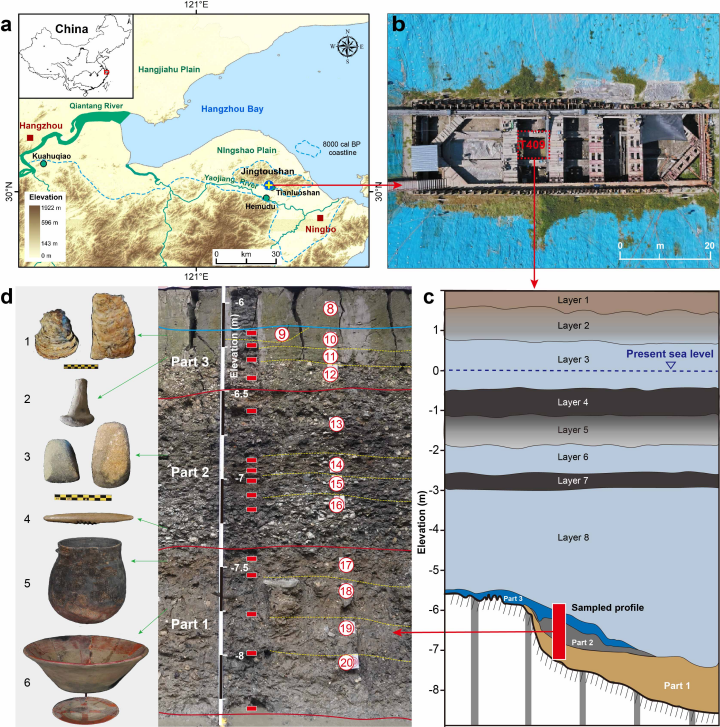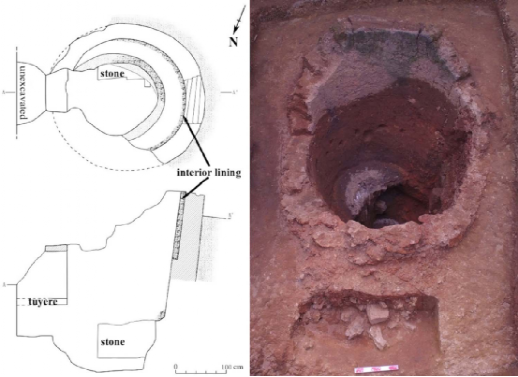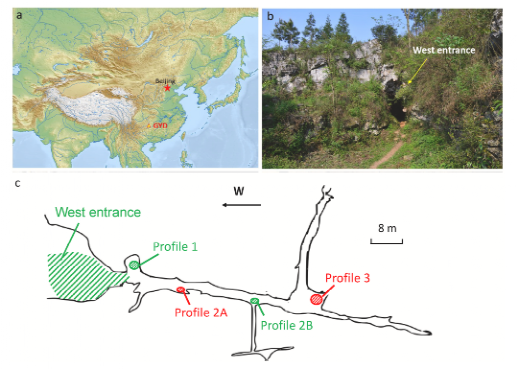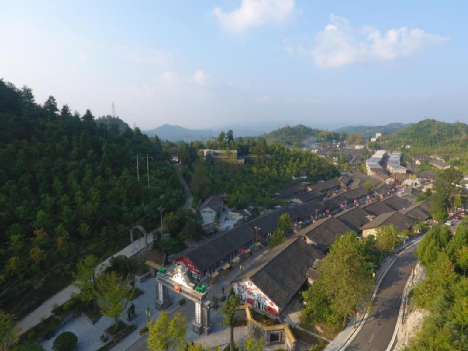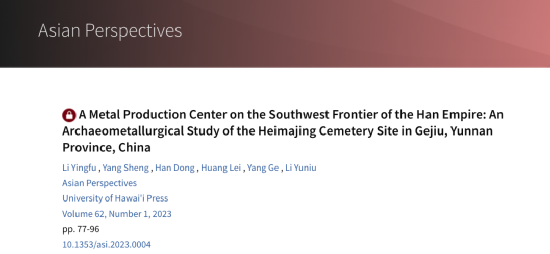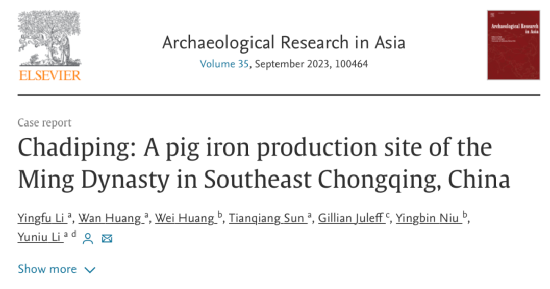
Current Biology: Ancient genomes confirm that Neolithic to Bronze Age ancestors in Sichuan and Yunnan mainly came from the Yellow River Basin | Cell Press Dialogue with Scientists
Editor's Note: The Center for Archaeological Science, Sichuan University, in collaboration with multiple institutions, used ancient DNA to reveal the origins and history of the prehistoric inhabitants of Sichuan and Yunnan from the Neolithic to the Bronze Age. The following article is sourced from CellPress, authored by Cell Press on October 17, 2023. Supported by the Center for Archaeological Science, Sichuan University, and the Fujian Provincial Key Laboratory of Biological Anthropology, Xiamen University, a joint research team composed of Xiamen University, Sichuan University, Chengdu Institute of Cultural Relics and Archaeology, Yunnan Provincial Institute of Cultural Relics and Archaeology, and other institutions published a paper titled "Ancient genomes reveal millet f..." in the Cell Press journal Current Biology.

